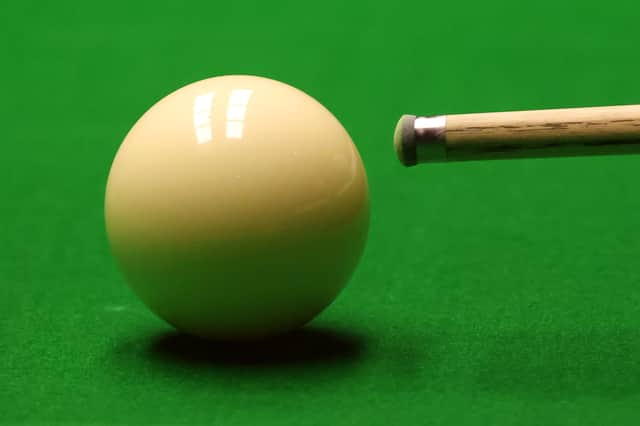How do you become a professional snooker player?


Throughout professional snooker’s modern era, the total number of players and pathways to the sport’s top tier have changed regularly, although in recent times we have seen more consistency.
In the early years of the modern era, there were only a handful of professional players and events. Even top cueists relied on the exhibition and holiday park circuits to help supplement their snooker income.
Advertisement
Advertisement
Amateur players wanting to turn professional had to apply to snooker’s governing body. For an application to be considered, a player likely needed to have won a national/multi-national title or the world amateur championship.
As snooker’s popularity significantly grew, more top flight events were staged, and the pool of professional players expanded.
The creation of the world rankings in the mid-1970s – despite being rudimentary with just the world championship counting for the first several years – also meant there was a more professional structure in place, with players being rewarded for good performances.
In the early 1990s, the governing body – perhaps looking for an income boost – made a sweeping change to the circuit, opening the professional tour to all. If you had the money, you could pay your fees, enter the events and call yourself a professional, regardless of your ability or credentials.
Advertisement
Advertisement
The floodgates opened with hundreds of hopeful amateurs signing up. To accommodate the massive influx of cueists, several weeks of qualifying rounds were played at the Norbreck Castle in Blackpool during the summer months to whittle down numbers.
This conveyor belt of matches was the format that the fabled ‘Class of 92’ emerged from.
The professional tour did eventually get narrowed down to what a top tier circuit should be, with a befitting standard and players there on merit.
Big changes at the top of the sport arrived in the early 2010s when the Barry Hearn administration was voted in to take over the running of the professional game.
How can you get promoted to the professional snooker tour? What is the make-up of players on the pro circuit?
Advertisement
Advertisement
As it stands, there are approximately 128 spaces for professional players each season.
At the end of each term, players who have used up their two-season tour cards and are ranked outside the world’s top 64 and haven’t requalified via the one-year list as one of the top four players (who are not in the world’s top 64), are relegated from the professional ranks. This frees up places on the following season’s professional circuit for amateurs.
Once a professional player is relegated, they revert to amateur status.
(Learn more about how the professional snooker rankings work here)
Advertisement
Advertisement
There are several pathways each season where an amateur player can be promoted to the professional tour. (Professional players are not allowed in any of the events below except for Q School):
Several players qualify via the Q Tour which is open to all amateur players. This is a series of events held throughout the season in the UK and Europe with ranking points attached. The top ranked player at the end of the campaign receives a professional tour card.
There are also regional Q Tour circuits with ranking lists attached. At the end of the season, the highest ranked players from these regional tours are all invited to congregate and compete in the playoffs where several further cards are on offer.
The annual World Snooker Federation Championships also have two tour cards up for grabs. Open to all amateur players, there is a junior event for under 18s and a main event for all, with the champions of both events earning their professional stripes.
Advertisement
Advertisement
There are professional tour cards attached to several regional/continental amateur events which take place every year:
European Under-21 Championship
European Championship
African Championship
Pan-American Championship
Asia Pacific Open Championship
CBSA China Tour (domestic circuit in China)
The expanding and cosmopolitan World Women’s Snooker Tour also has two pro tour cards on offer each season via their ranking list and the annual World Women’s Snooker Championship.
For most players, the final chance to obtain a place on the professional circuit for the upcoming season is through one of the two Q Schools which take place each year. Currently, 12 cards are on offer (eight for the UK location, four for Asia). For more information on Q School, visit here.
There are a couple of other potential routes to earn a tour card. If a player – who hasn’t already qualified for next season’s professional circuit – qualifies for the Crucible stages of the World Snooker Championship, they are likely to receive pro status.
Advertisement
Advertisement
Discretionary ‘Invitational Tour Cards’ may also be awarded to players who have made an exceptional contribution to the sport. Snooker legends like Jimmy White, Ken Doherty and Stephen Hendry have all been awarded these in recent years.
